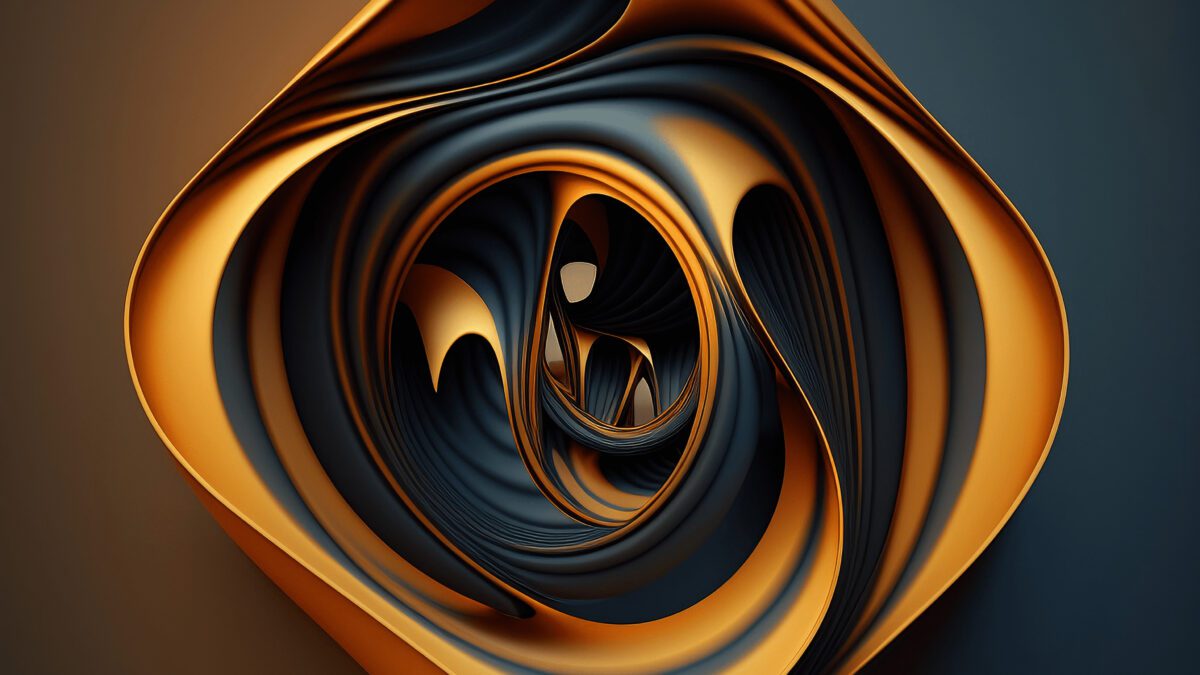In the realm of visual art, 3D design is a channel that extends beyond the boundaries of the mundane. The discussion below considers the strength of final 3D design as unique views are revealed to redefine how we see and experience visual creations. From immersive environments to detailed sculptures, the extent to which 3D design is capable of engaging, inspiring, and even shifting our perception of visual arts is simply endless.
- Immersive Digital Environments:
Enter the world of immersive digital environments that is brought forth by 3D design. Digital landscapes advance beyond conventional inventive boundaries, allowing people to be transported into otherworldly realms. From digital reality experiences to interactive installations, the ability of 3D immersive design gives users a feel of presence and deep engagement.
- Realistic Rendering:
It grants the opportunity for very realistic digital sculptures, replicating the intricacies of the corporeal world. Artists have the possibility to work with a high degree of accuracy regarding light, texture, and form to create sculptures that enchant with lifelike details. This approach in 3D design blurs the line between the digital and the physical.
- Augmented Reality Art:
Unfold the meeting of digital and bodily realities via the AR artwork. Artists create digital components in 3D design and project them onto the real environment, thus providing interactive and dynamic works. AR artwork transforms static visible into dwelling, respiring experiences that reply to viewer presence.
- Architectural Visualization:
Enrich your architectural concepts through catching details using 3D design. It is the medium that architects and designers use to bring buildings, interiors, and concrete landscapes to life-like visualizations. With 3D architectural designing, one can get a deeper understanding of the spatial relationships and the design idea before the development process commences.
- Expressionism in Motion: Summary
Notice how dynamic 3D design evolves summary expressionism. Fluid simulations, particle techniques, and dynamic animations are used by artists to bring summary forms to life. The result is a mesmerizing dance of colors, shapes, and actions that transcend the static nature of conventional summary art.
- Interactive Gaming Environments:
Design in 3D is the backbone of game environments that are visually appealing and highly immersive. The designers toy with this medium and build entire worlds, detailed characters, and stunning stories to be told through visuals. The ability of 3D design within gaming comes from the deep potential to move gamers into dream worlds that seem to be palpable and alive.
- Kinetic 3D Installations:
Kinetic 3D installations as artworks in motion: artists come up with the potential of 3D design to enable the production of sculptures that move, rotate, or respond to external stimuli. This redefines a whole aspect of one’s relationship with an artwork for the viewer and engages them with continuously variable forms and perspectives.
- Cinematic Visual Effects:
Bring cinematic visual effects to life with 3D design. Brain-twisting special effects, jaw-dropping CGI creatures—3D design has changed the way stories are brought to life on the big screen. When technology marries creativity in cinematic design, new frontiers in visual storytelling are opened.
- Futuristic Product Design:
Designers unleash the innovation envelope with their futuristic product designs, which get life through 3D modeling. From conceptualizing cutting-edge expertise to creating avant-garde client merchandise, 3D design let one look into the minute details and explore the visualization of products that will shape the future.
- Digital Style Exploration:
Take a look into the world of digital vogue through 3D design. Designers use this medium to conceive avant-garde clothes, equipment, and even digital vogue exhibits. The realm of 3D design in vogue offers a playing field for creativity, pushing the boundaries of what is possible within wearable art.
The power of final 3D design lies in the possibilities of reshaping the landscape of visuals across a wide array of disciplines—from fully immersive digital environments to kinetic installations and futuristic product design, the potential of 3D design moves way beyond conventional creativity. Might these particular views foster a brand new period of creativity, innovation, and exploration within the ever-evolving realm of seen artwork?.



Stay connected